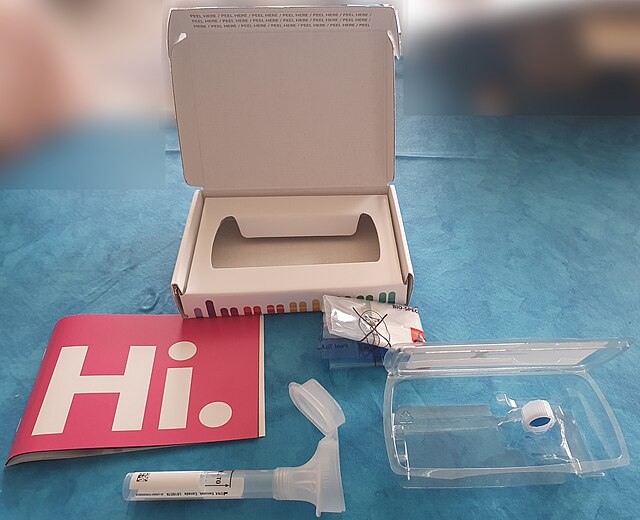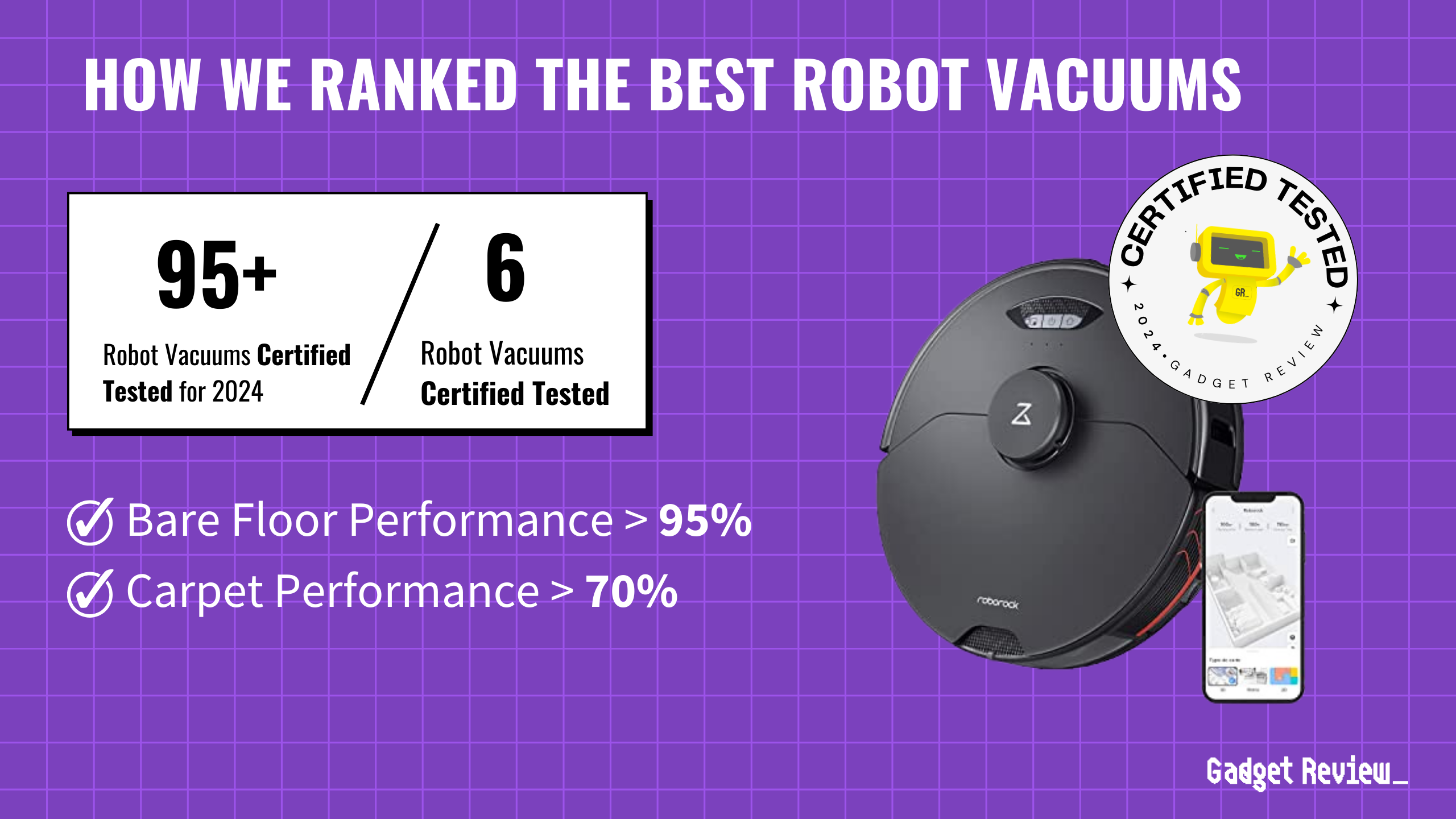Why it matters: 23andMe, the popular genetic testing company, is in financial turmoil and considering privatization. This instability puts millions of users’ DNA data at risk. As the company’s future hangs in the balance, customers must act to safeguard their genetic information.
Financial crisis and leadership exodus: 23andMe’s financial situation is dire, with its stock price plummeting to a mere 29 cents. The company’s revenue has nosedived, and profitability remains elusive despite generating hundreds of millions in revenue over the past two years.
- According to Technologyreview, the entire board of directors, except for CEO Anne Wojcicki, has resigned.
- Wojcicki’s plans to take the company private raise red flags about future data handling practices.
Data breach exposes vulnerabilities: In October 2023, 23andMe suffered a major security breach affecting 5.5 million customers, according to CBS News. This incident proves that users’ genetic information is not as secure as the company claims.
- If 23andMe is sold or goes bankrupt, users’ data will be at significant risk.
- “Customers should consider current threats to their privacy as well as threats that may exist in the future—some of which may be magnified if 23AndMe were sold to a new owner,” said Jason Kelley, activism director at the Electronic Frontier Foundation. “23AndMe has protections around this much of this. But a potential sale could put your data in the hands of a far less scrupulous company.”
Steps to delete your 23andMe data: To protect your genetic information, follow these steps to delete your 23andMe account data:
- Log into your account and navigate to Settings.
- Under “23andMe data,” select “View” and enter your date of birth for security.
- Choose which data to download (if any) and select “Permanently delete data.”
- Confirm the deletion request via email.
The fine print of data deletion: Be aware that even after requesting deletion, 23andMe will retain some of your information:
- Certain genetic information, date of birth, and sex will be kept due to legal obligations.
- Data already used in research projects cannot be removed from ongoing or completed studies.
Exploring alternatives: Users who want to maintain access to their genetic data should download their raw genetic information before deleting their 23andMe account. However, uploading this data to other services carries its own risks.
- Experts strongly advise against sharing genetic data with third-party sites due to potential privacy breaches.
The bottom line: 23andMe’s uncertain future and recent security failures make it clear that users must take immediate action to protect their genetic data. While the company continues to tout its commitment to data protection, the evidence suggests otherwise. Users should seriously consider deleting their data or, at the very least, downloading it and removing it from 23andMe’s servers.























